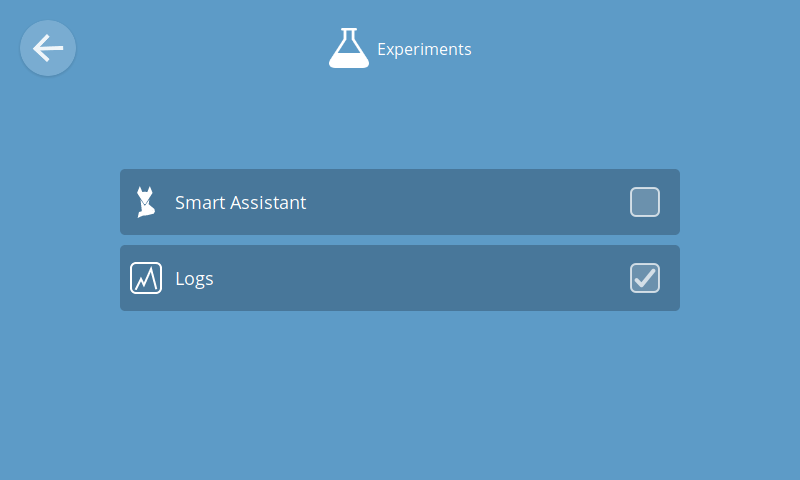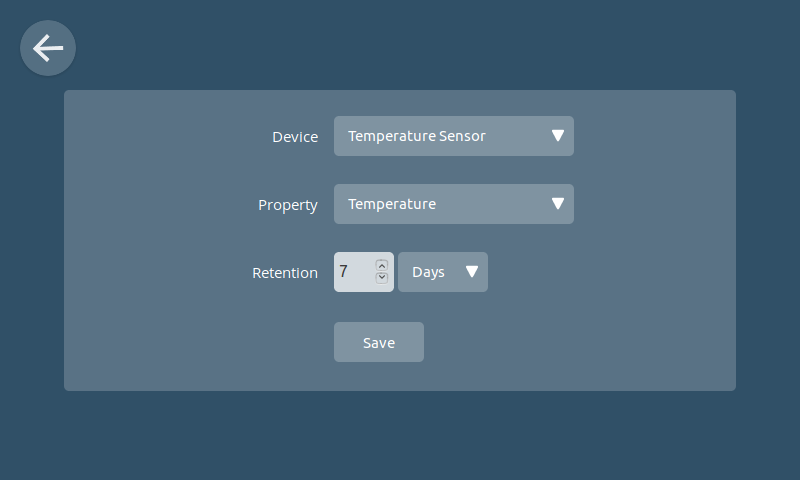The Mozilla IoT team is excited to announce that after two years of development and seven quarterly software updates that have generated significant interest from the developer & maker community, Project Things is graduating from its early experimental phase and from now on will be known as Mozilla WebThings.
Mozilla’s mission is to “ensure the Internet is a global public resource, open and accessible to all. An Internet that truly puts people first, where individuals can shape their own experience and are empowered, safe and independent.”
The Mozilla IoT team’s mission is to create a Web of Things implementation which embodies those values and helps drive IoT standards for security, privacy and interoperability.
Mozilla WebThings is an open platform for monitoring and controlling devices over the web, including:
- WebThings Gateway – a software distribution for smart home gateways focused on privacy, security and interoperability
- WebThings Framework – a collection of reusable software components to help developers build their own web things
We look forward to a future in which Mozilla WebThings software is installed on commercial products that can provide consumers with a trusted agent for their “smart”, connected home.
WebThings Gateway 0.8
The WebThings Gateway 0.8 release is available to download from today. If you have an existing Things Gateway it should have automatically updated itself. This latest release includes new features which allow you to privately log data from all your smart home devices, a new alarms capability and a new network settings UI.
Logs
Have you ever wanted to know how many times the door was opened and closed while you were out? Are you curious about energy consumption of appliances plugged into your smart plugs? With the new logs features you can privately log data from all your smart home devices and visualise that data using interactive graphs.
In order to enable the new logging features go to the main menu ➡ Settings ➡ Experiments and enable the “Logs” option.
You’ll then see the Logs option in the main menu. From there you can click the “+” button to choose a device property to log, including how long to retain the data.
The time series plots can be viewed by hour, day, or week, and a scroll bar lets users scroll back through time. This feature is still experimental, but viewing these logs will help you understand the kinds of data your smart home devices are collecting and think about how much of that data you are comfortable sharing with others via third party services.
Note: If booting WebThings Gateway from an SD card on a Raspberry Pi, please be aware that logging large amounts of data to the SD card may make the card wear out more quickly!
Alarms
Home safety and security are among the big potential benefits of smart home systems. If one of your “dumb” alarms is triggered while you are at work, how will you know? Even if someone in the vicinity hears it, will they take action? Do they know who to call? WebThings Gateway 0.8 provides a new alarms capability for devices like smoke alarms, carbon monoxide alarms or burglar alarms.
This means you can now check whether an alarm is currently active, and configure rules to notify you if an alarm is triggered while you’re away from home.
Network Settings
In previous releases, moving your gateway from one wireless network to another when the previous Wi-Fi access point was still active could not be done without console access and command line changes directly on the Raspberry Pi. With the 0.8 release, it is now possible to re-configure your gateway’s network settings from the web interface. These new settings can be found under Settings ➡ Network.
You can either configure the Ethernet port (with a dynamic or static IP address) or re-scan available wireless networks and change the Wi-Fi access point that the gateway is connected to.
WebThings Gateway for Wireless Routers
We’re also excited to share that we’ve been working on a new OpenWrt-based build of WebThings Gateway, aimed at consumer wireless routers. This version of WebThings Gateway will be able to act as a wifi access point itself, rather than just connect to an existing wireless network as a client.
This is the beginning of a new phase of development of our gateway software, as it evolves into a software distribution for consumer wireless routers. Look out for further announcements in the coming weeks.
Online Documentation
Along with a refresh of the Mozilla IoT website, we have made a start on some online user & developer documentation for the WebThings Gateway and WebThings Framework. If you’d like to contribute to this documentation you can do so via GitHub.
Thank you for all the contributions we’ve received so far from our wonderful Mozilla IoT community. We look forward to this new and exciting phase of the project!
About Ben Francis
Former Mozilla Software Engineer. W3C Invited Expert on Web Applications and the Web of Things.










33 comments